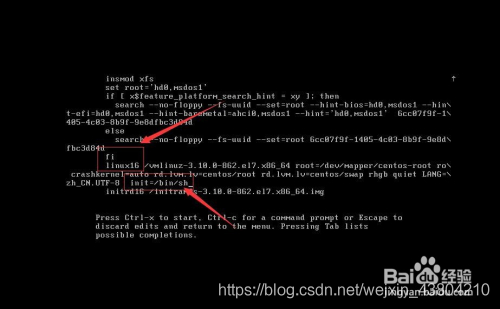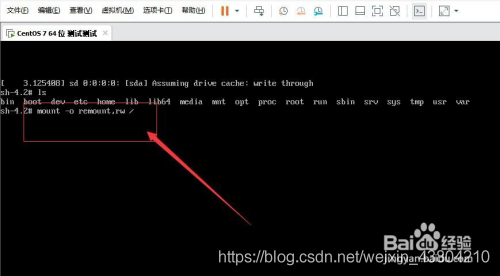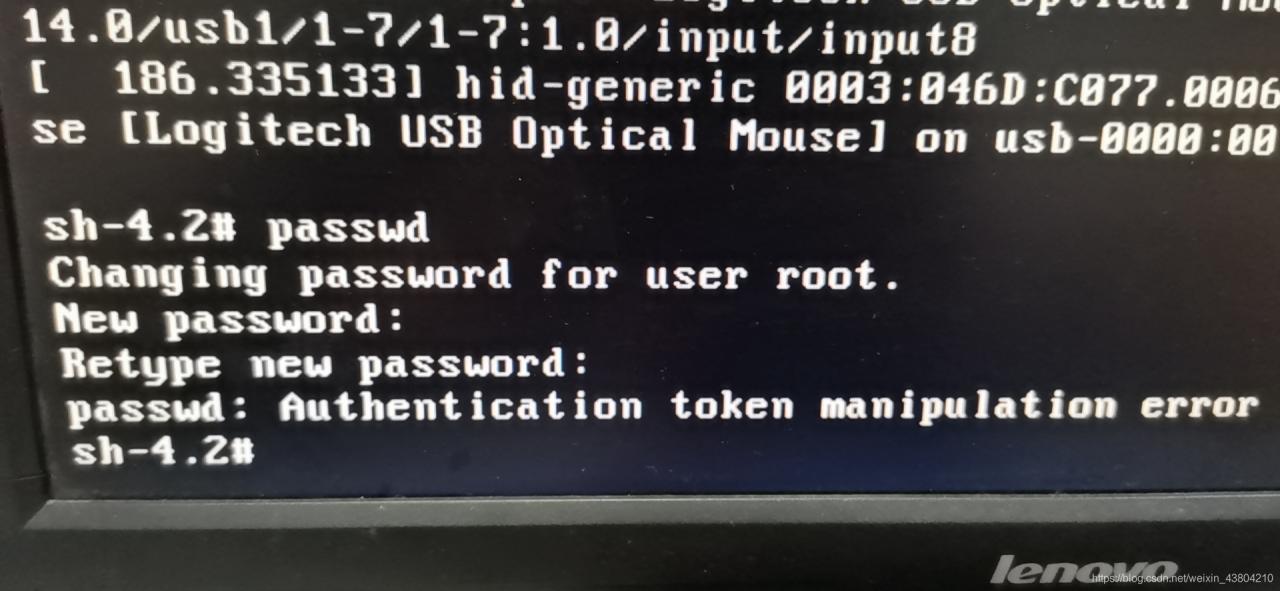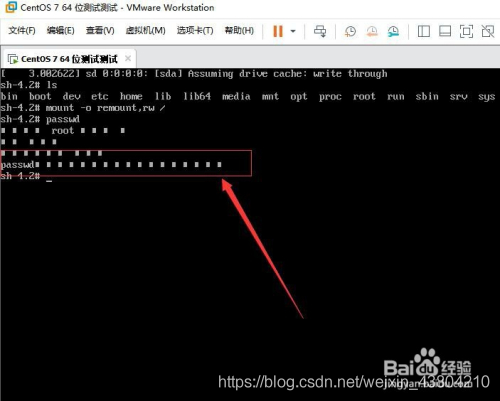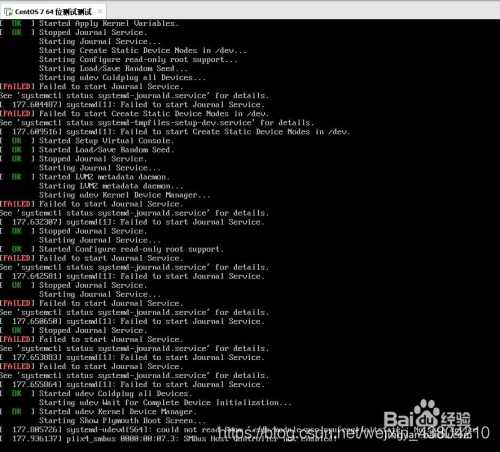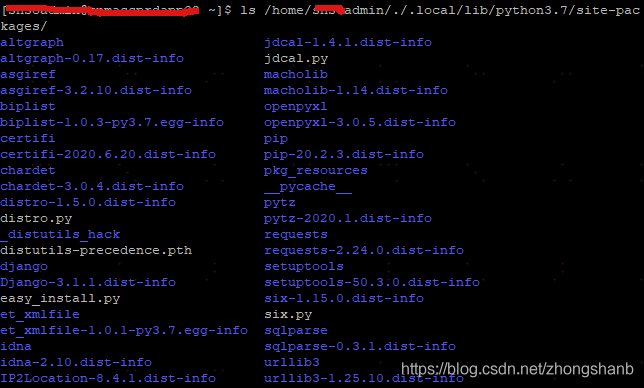CentOS 7.0 defaults to firewall as a firewall
view firewall status
firewall-cmd --stateStop is firewall
systemctl stop firewalld.servicefirewall is prohibited to turn on
systemctl disable firewalld.service turn off from CentOS 6 and CentOS 7 firewall
close selinux
into /etc/selinux/config file
vi /etc/selinux/configthe SELINUX = instead of enforcing the SELINUX = disabled
confers the non-secret login command
ssh-keygen -t rsa
ssh-copy-id root@masterscp -P 22 /Users/che/Downloads/jdk-8u161-linux-x64.rpm [email protected]:/software/
安装: yum install -y jdk-8u161-linux-x64.rpm
设置环境变量
cd /usr/java/
/usr/java/jdk1.8.0_161
vi /etc/profile
export JAVA_HOME=/usr/java/jdk1.8.0_161
export PATH=$JAVA_HOME/bin:$PATH
install hadoop
download installation package
hadoop-26.5.tar.gz
cd /usr/
mv /software/hadoop-2.6.5.tar.gz ./
解压
tar -xzvf ./hadoop-2.6.5.tar.gz
创建目录
namenode目录:/data/hadoop/namenode
data目录: /data/hadoop/data
tmp目录: /data/hadoop/tmp
mkdir -p /data/hadoop/namenode
配制
core-site.xml
hdfs-site.xml
mapred-site.xml.template mapred-site.xml
cp mapred-site.xml.template mapred-site.xml
yarn-site.xml
slaves (slave1,slave2)
masters (master)
hadoop-env.sh
export JAVA_HOME=/usr/java/jdk1.8.0_161
将master的配制copy到slave1、slave2
scp -r ./* root@slave1:/software/hadoop-2.6.5/etc/hadoop/
格式化
cd hadoop-2.6.5/bin
./hdfs namenode -format
启动
cd ../sbin/
./start-dfs.sh
ssh-copy-id root@master
jps(检查一下)
./start-yarn.sh
cd ../bin
hadoop fs -ls /
hadoop fs -mkdir /user
/software/hadoop-2.6.5/bin
vi/etc/profile
export HADOOP_HOME=/software/hadoop-2.6.5
export PATH=$JAVA_HOME/bin:$HADOOP_HOME/bin:$PATH
source /etc/profile
hadoop fs -put /software/hadoop-2.6.5.tar.gz /user
测试2:
cd share/hadoop/mapreduce
hadoop jar ./hadoop-mapreduce-examples-2.6.5.jar pi 5 10
192.168.1.100:50070
192.168.1.100:8088
修改ssh端口
vim /etc/ssh/sshd_config
set NTP time synchronization service
, install NTP
yum install -y NTP
2, set NTP service startup
chkconfig NTPD on
service NPTD start

